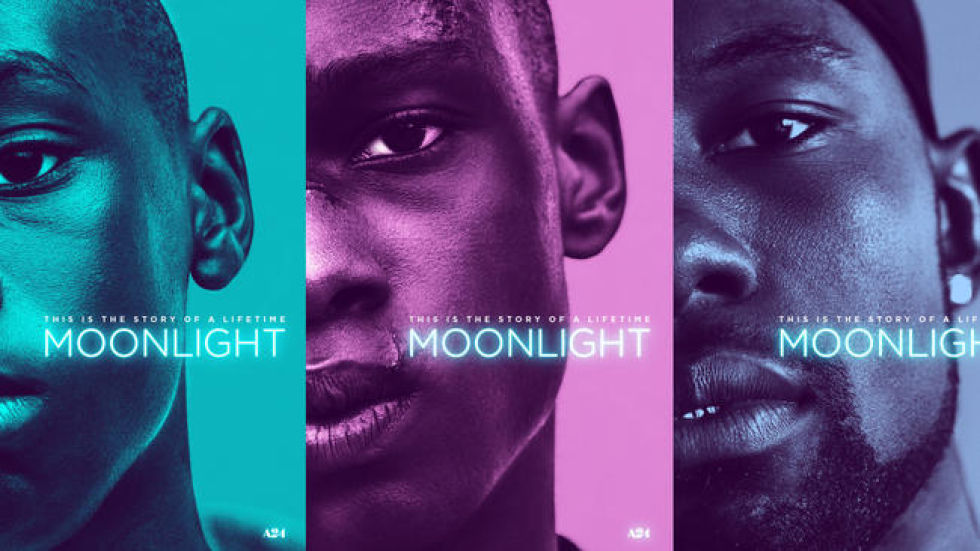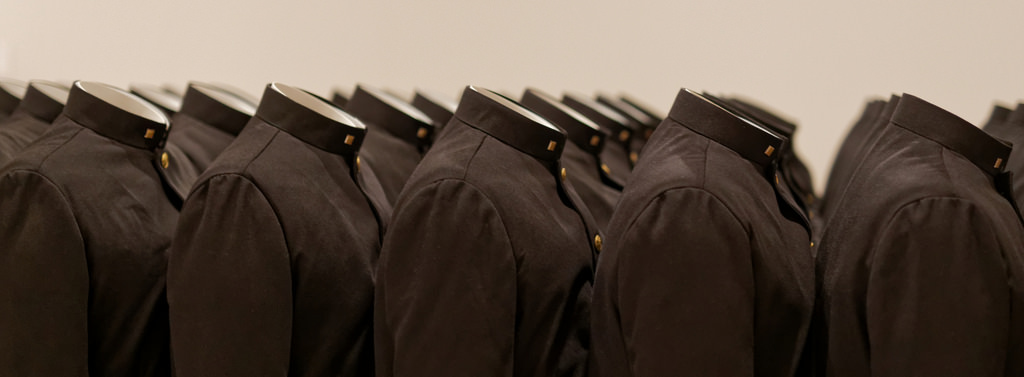Stories help us decide where we belong, and what we belong to. Your story is the most important part of your identity — but who really decides what your story is?
To answer this, we need to look at how our stories work and what functions they serve.
When you tell a story, you’re revealing something personal about yourself — both in the story’s content and in your telling of it — that extends an invitation to your audience: “This is who I am, and what I feel or believe. Do we feel or believe the same thing? Are we in the same tribe?”
(This is one reason you saw such an emotional reaction to Moonlight being (eventually) named Best Picture at this year’s Academy Awards: because, to a significant portion of our population, seeing a hopeful gay love story with an all-black cast win the Oscar over the mostly-white musical melancholy of La La Land changed the story of who’s welcome in the Hollywood tribe.)
Tribalism matters because people want to do business with people they believe are like them.
Seth Godin often talks about tribes as a marketing asset. He believes tribalism creates (and destroys) economies. Every brand has a story, and the way you tell your story lets people self-select whether they’re in your tribe or not.
- Are you a Steelers or Cowboys fan? (Or, are you a member of the “lol sportsball” tribe?)
- Are you a McDonald’s or Wendy’s guy? (Or, are you a member of the “organic vegan” tribe?)
- Are you a Starbucks or Dunkin’ Donuts gal? (Or, are you a member of the “shop local” tribe?)
And if your customers can’t tell which tribe they’re in — Folger’s or Maxwell House? Office Max or Office Depot? — it means your company’s story is weak. It means your brand isn’t differentiated. It means your tribe isn’t signaling who’s invited and who’s not.
John Moore used to call these brands out with a gut punch on his Brand Autopsy blog, in a feature he called “Would You Miss…?” Its premise is self-evident:
- “Would you miss Denny’s?”
- “Would you miss the Memphis Grizzlies?”
- “Would you miss Sears?”
Even if you would, every brand who showed up on his list got a fair warning that it was in danger of becoming replaceable.
Why?
Because it wasn’t clarifying who it was really for.
But Everyone Is Welcome Here!
No they’re not.
You’re only saying that because you want to make money.
A weak story means you’re purposely dulling your individuality and pretending to be impartial because you’re trying to appeal to everyone(‘s wallet). But the problem is, no one wants to be represented by a weak story. Nobody wants to get into the club that accepts everybody. By trying to appeal to everyone, you appeal to no one. You generate no passion. You energize no evangelists on your behalf.
You become replaceable.
Donald Trump knows this.
For better or worse, his brand is a magnet that attracts the people who want to be in his tribe while simultaneously repelling everyone else. While the field of 2016 Republican presidential candidates was struggling to differentiate themselves, Trump came so far out of right field that he became a lightning rod — and it worked. In the end, there were more people who wanted to see what he’d do next than there were people who wanted to play it safe. Trump’s tribe was bigger, and Trump’s was a story that more people wanted to be part of.
Don’t Bring Logic to an Identity Fight
It’s important to note that whether or not you feel invited to be a part of a political movement is actually less important than whether you want to be a part of a political movement.
This distinction is true of every brand and every tribe — and it’s ultimately out of the tribe’s hands, though the people inside always try like hell to control the gate.
Throughout history, the desirability or “cool factor” of a movement, a brand, or a perception has dictated not just who’s invited but who wants to be “in,” and sometimes people take control of those perceptions and shift the game.
As an example, take Cadillac.
For decades, Cadillac represented American success… which was mostly concurrent with white affluence. But as black musicians began rapping about status symbols like Cadillac Escalades, the perception of the brand changed, even though Cadillac itself hadn’t.
Luxury brands and underground subcultures may be leagues apart in terms of cash flow, but they share one trait: the people who are on the outside always want to get in. (And as soon as they’re in, everyone who was already inside goes somewhere else, because they realize the story they’re a part of has changed, and now they need to find a new place to belong. Tribal identity is fickle like that.)
Or, take Nike.
As the top athletic apparel company on the planet, Nike is one of the few brands that could truly be said to appeal to everyone. So perhaps it’s not surprising that this controversial YouTube video from a recent ad campaign has almost as many dislikes as it has likes.
The video, featuring LeBron James and Serena Williams asking if the American dream still works — or if it ever really did — addresses the racist and classist implications of capitalism and asks why we don’t have a better system that benefits everyone. It’s a bold move: by changing the story of who their brand represents, those who now feel excluded may go looking for a new place to belong.
Who Controls Your Brand’s Story?
This is the million-dollar question.
Some CEOs believe they do. They think their brand is an extension of their personality and their values.
Some marketers believe they do. They think their brand is synonymous with the benefits they print on their packaging and the ad campaigns they greenlight.
Some journalists believe they do. They think that by controlling the flow (or perception) of information and truth about a brand, they determine which members of the public will see themselves in that brand’s tribe.
But they’re all mistaken.
Your story is out of your hands. You can contribute to it, and you can present yourself and your message in such a way that you hope it resonates with people and attracts whomever agrees with it or feels inspired by it. And you may even hope that your story is big, powerful, magnetic, and universal enough to attract “everyone”…
… but it’s the public, the audience, the voters, and the customers who ultimately determine what your story is. They’re the ones who hear your message, see your packaging, and decide for themselves whether they want to be “in” or not.
You can’t make people want to be “in” with you any more than you can make people fall in love with you. (And love, like branding, is fickle and likely to shift over time anyway. But that’s another story.)
So, what can you do?
Tell the story of how you want to see yourself.
You can’t control how you’re perceived, but you can control how you perceive yourself.
If you tell a good story, some people will also want to see you that way. And if you’re lucky, you just might attract a tribe who also wants to see themselves the same way.
Then all you have to do is deliver.
If You Liked This Post
… then you may also enjoy this post about why no one cares about your message, or this post about the 12 tough truths we all need to hear.
Image: “Uniform-ity” by Guillaume DeLebarre via Flickr Creative Commons License




0 Comments